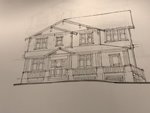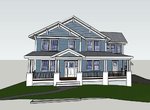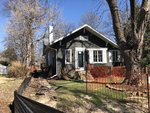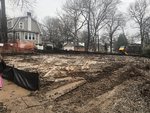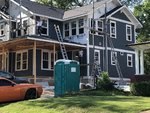- Thread starter
- #51
We weighed both. But the poured concrete just makes more sense for us.One more that I thought of. Cast in place foundation walls vs concrete masonry. If properly waterproofed, you can go either way. Around here, you tend to see more concrete masonry, even in high end houses. However, masons have been hard to come by lately, so cast in place could be the cheaper option at this time. Take your builder's advice and go with it.













